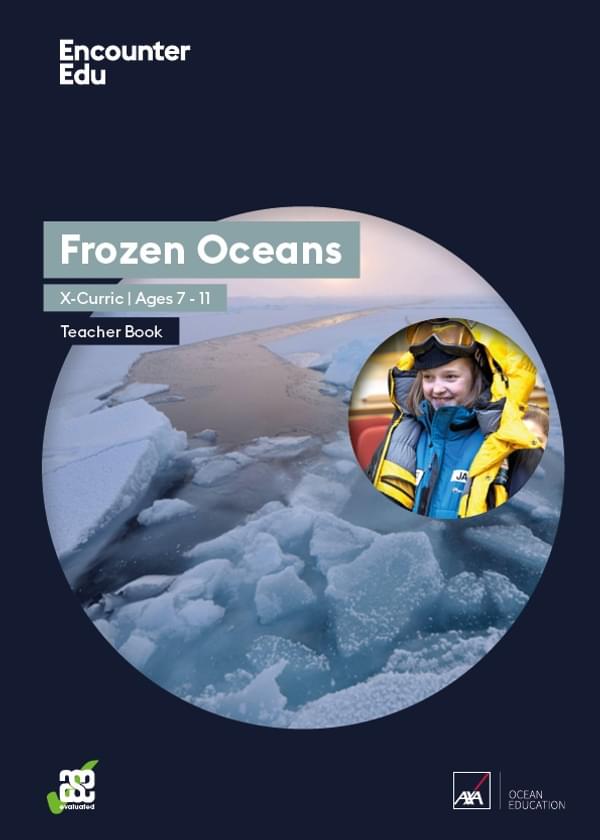Learn more: What fitness training do Arctic explorers need?
The physical training for the Catlin Arctic Survey Explorer Team was masterminded by Jon Stratford. Jon spent 14 years as a Royal Marine Commando, working as a physical training instructor in his latter years.
Months of intense physical training are imperative before stepping out onto the ice. Jon works closely with each explorer to target specific areas, but the overall aim remains the same – to build endurance, strength and speed. Given that the majority of the physical exertion comes from dragging a heavy sled, a lot of the training exercises mimic this action. Tyre-dragging is therefore the polar explorers’ training staple.
As the expedition departure date draws closer, the explorer’s training programme increases in intensity. The number of circuit repetitions and towing weights are increased. With this increase in intensity comes the need for the explorers to mimic conditions on the ice as much as possible.
“Polar exploration is at once the cleanest and most isolated way of having a bad time which has been devised.”
This includes training with a hood on, which reduces communication and vision (both of which are extremely important when working as a team on the ice), and wearing mittens to prepare for the frustrations of trying to operate and manhandle kit and sleds with impaired dexterity.
Such a physically demanding expedition requires pre-departure training to be conducted in small, managed steps to reduce the risk of injury. Their training programme also needs to ensure the team is able
to withstand extreme fatigue and weight loss as the expedition progresses.
